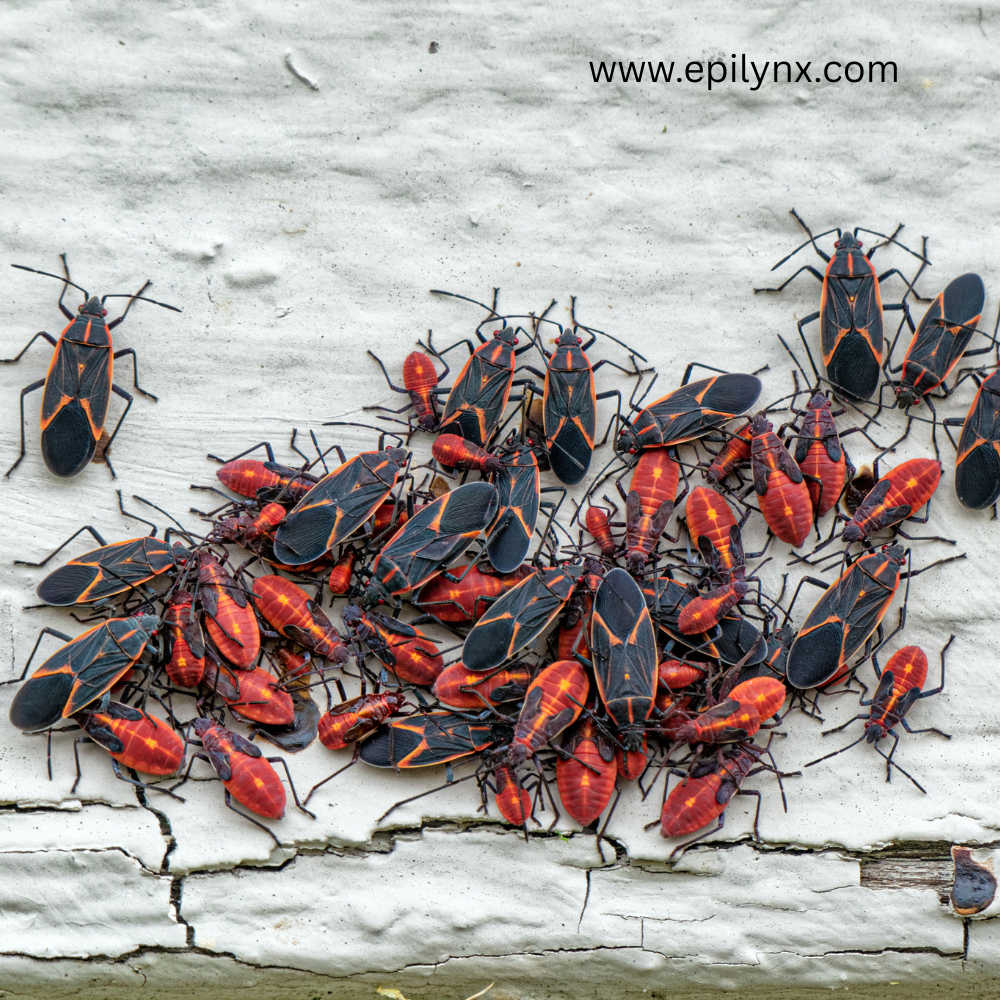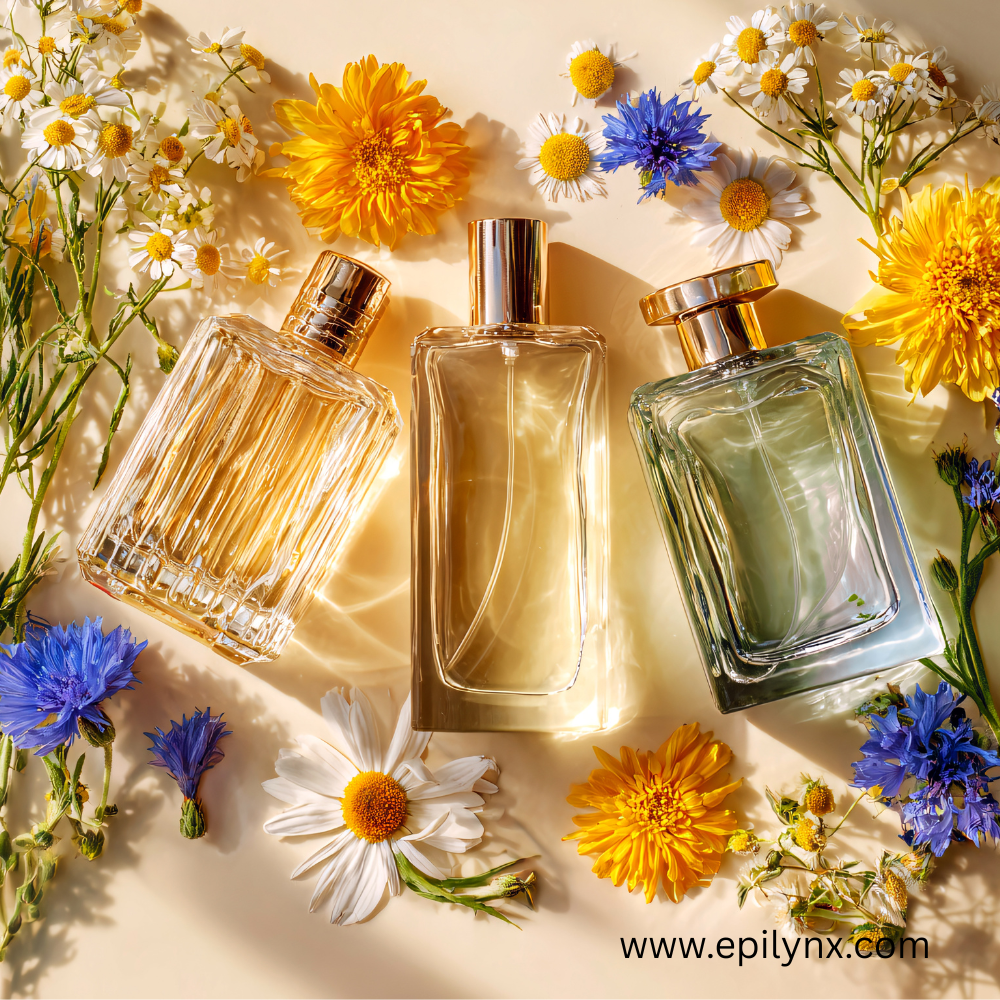
Did You Know Your Lipstick Might Be Made of Bugs? (The Truth About Carmine)
Wait, Bugs in My Lipstick?!
Let’s start with some brutal honesty: if you’re wearing bright red lipstick right now, there’s a good chance it contains crushed beetles.
Yep. Carmine—a common red pigment in cosmetics—is literally made from dried, crushed cochineal insects.
For an industry obsessed with “clean” and “natural,” that doesn’t sound so glamorous, does it?
Today, we’re diving into one of beauty’s best-kept (and least-talked-about) secrets: carmine in lipstick.
What Exactly Is Carmine?
-
Carmine = a red pigment made by boiling, drying, and crushing female cochineal beetles.
-
These beetles are mostly harvested in South America, especially Peru.
-
It takes around 70,000 insects to produce one pound of carmine pigment.
📌 Translation: that “classic red” lipstick shade? It might be bug juice in disguise.
Why Is Carmine Used in Lipstick?
If this sounds outdated or gross, you might wonder why brands still use it. The answer: color payoff.
-
Carmine gives lipsticks their deep, vibrant, long-lasting reds.
-
It’s considered “natural” compared to synthetic dyes.
-
It resists fading better than many alternatives.
But here’s the catch: natural doesn’t mean safe, ethical, or allergen-free.
The Hidden Problems With Carmine
1. Not Vegan or Cruelty-Free 🐞
-
Carmine = animal-derived, which makes it non-vegan by definition.
-
Harvesting involves killing thousands of insects per batch.
2. Potential Allergens 🚫
-
Some people develop contact dermatitis or allergic reactions to carmine.
-
Symptoms can include redness, swelling, rashes, or itchy lips.
3. Hidden in Plain Sight 🔍
-
Brands rarely advertise “bug-based pigment.”
-
Instead, you’ll see it listed as:
-
Carmine
-
Cochineal Extract
-
CI 75470
-
📌 Pro tip: Check your lipstick label—if you see CI 75470, it’s bug-based.
Dr. Liia Perspective
“While not everyone reacts to carmine, those with sensitive or allergy-prone skin should be cautious. Lip products are especially risky since they’re ingested in small amounts daily.”
Vegan & Allergen-Safe Alternatives
Luckily, you don’t have to choose between bold red lips and bug-free beauty.
Common Alternatives:
-
Synthetic dyes (FD&C Red 40) – vegan, but some worry about safety.
-
Plant-based pigments – beetroot, red radish, hibiscus.
-
Mineral pigments – iron oxides, safer for sensitive skin.
📌 Best option: brands that combine vegan, allergen-safe pigments with clean formulas.
How to Shop Bug-Free Lipstick
-
Check the label → avoid carmine, cochineal, CI 75470.
-
Look for vegan certifications → ensures no animal ingredients.
-
Double-check for allergens → gluten, nuts, soy, fragrance.
-
Stick with allergen-safe brands → especially if you have sensitive skin.
FAQs About Carmine in Makeup
Q: Is carmine safe to use?
A: For many people, yes—but it’s not vegan, cruelty-free, or allergen-safe. Sensitive users may react.
Q: Why don’t brands advertise carmine?
A: Because “made from bugs” doesn’t sound glamorous. It’s hidden under terms like CI 75470.
Q: Are all red lipsticks made with carmine?
A: No, but many luxury brands still use it. Vegan brands use mineral or plant-based pigments instead.
Q: Can carmine cause allergic reactions?
A: Yes. While rare, contact dermatitis, lip swelling, and rashes are possible.
Because your red lipstick should turn heads—not raise eyebrows about bugs.
Final Thought
Carmine may have history on its side, but the future of beauty is inclusive, safe, and cruelty-free.
Your lipstick should empower you—not make you wonder how many insects died for your smile.
Bold color is beautiful. Bug-based color? Not so much.
✨ Want bold, vibrant, bug-free lipstick? Explore the EpiLynx Vegan Lip Collection and glow without guilt.


